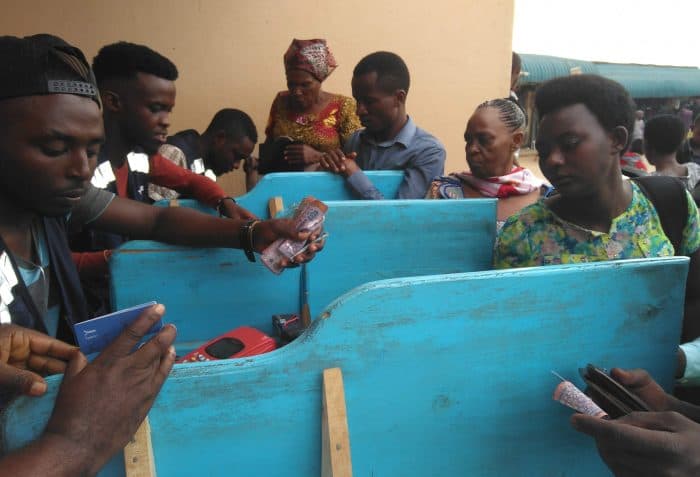Access vs Ownership: What it means for African cities



The Transport Forum Special Interests Group (SIG) organised on the Smarter Mobility Roundtable, to explore new meanings of African mobility and what the current technology trends mean to mobility in African cities. The forum promotes communication and cross-pollination of ideas between the state and key transport actors and stakeholders. The elevator pitch session explored themes of asset ownership, accessibility, municipal readiness to e-vehicles, and imagined futures without the car as the primary means of both mobility and accessibility — therefore freedoms. Prior to the elevator session were presentations by the MEC Department of Roads and Transport, The Project Manager of the Green Transport Strategy, and the Deputy Director of Global and Climate Change from the Department of Transport.
I presented on access and ownership and what it means for African cities. In my presentation, I explored mechanisms and approaches with which African cities can develop a transition model with popular transit at the centre of the solution. The complete proceedings from the Smarter Mobility Roundtable can be viewed on this link.
In my presentation, I raised a few questions and presented my understanding of what is required to develop and achieve a functional combined mobility platform for African cities. In this post, I attempt to provide some preliminary thinking on actions and key elements to consider when imagining transport futures with popular transit at the centre. These questions are broad and will require more than an anecdotal approach to answering them completely.
Is flexible accessible mobility achievable in an environment that is largely informal and unregulated?
- Yes. The path to reform has been presented. It can only be improved with iteration. A key element to keep in mind is to seek solutions that promote accessibility as a primary measure. Integrating disaggregated and siloed data structures is the primary means of achieving formalisation and improving the efficiency of popular transit services. One cannot improve what they cannot measure. Multiple approaches have been presented to measure informal and popular transit services. These need to be explored and improved. Data is a key catalyst to encouraging cooperation between different state and non-state actors in transitioning and formalising popular transit.
With poor digital infrastructure and unaffordable data, how can we possibly stir the growth of technology commuter services in emerging transport markets?
- Affordability and connectivity remain key concerns for scale adoption of digital commuter services. Perhaps the underlying question is – are digital commuter service essential to the public transport user in markets where data and connectivity are problematic. Rather we should look at technology lite solutions, ensure the technology is solving a real and not imaginary problem. The reality in most emerging markets is basics always work. USSD solutions remain a primary solution to deliver information to commuters and deliver a platform to monitor the experience of riders and engaging them with useful information.
Where in our transportation systems do we see the benefit in coalescing around digital platforms as an incremental approach to managing the transportation chaos currently choking African cities?
- Payments. The transport problem cannot be solved without addressing the payments infrastructure. There is a huge benefit to solving both the payments and transport/mobility problems concurrently. It promotes region-wide interoperability which enable strict performance measures with a focus on accessibility and affordability. A transportation payments platform is key to achieving measurable and scalable urban transport solutions which empower the state to allocate transport resources to deserving areas either through forms of subsidy and other incentive structures.
Can a combined mobility service platform that benefits all the transportation stakeholders be realized in African cities and how?
- Yes. Forums such as the Transport SIG are already playing a key role in bringing together transportation stakeholders. I suppose what is important for all stakeholders is to build with interoperability in mind. Developing and agreeing on new industry standards that respond to rapid changes, interrogating and adopting new meanings and forms of understanding transportation and mobility is key to realising a combined mobility service platform for African cities.